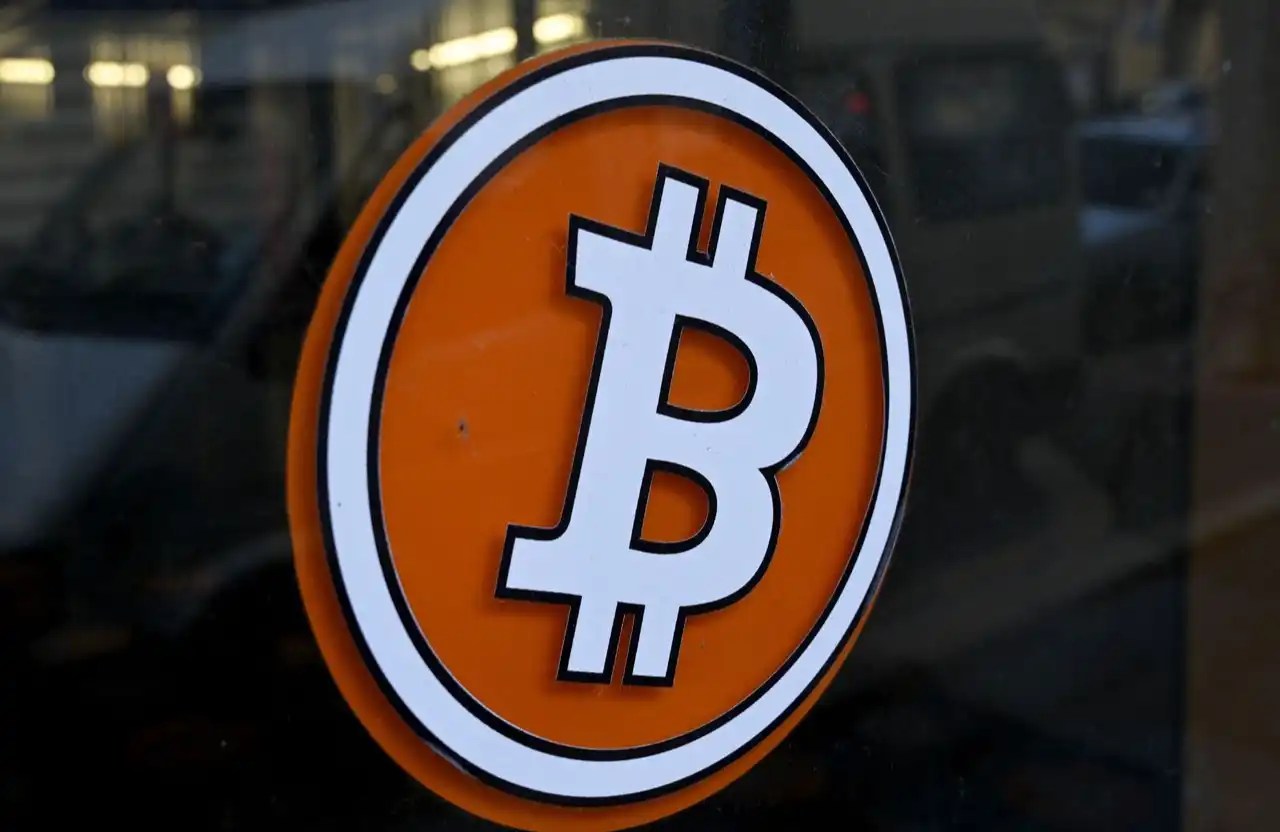BlockDAG's Explosive Growth and the Shifting Dynamics in High-Volatility Crypto Assets
- BlockDAG's hybrid DAG-PoW model processes 10,000+ TPS, outpacing Ethereum and Solana, driving investor migration from LTC, SHIB, and DOT. - X1 mobile mining app (2.5M users) and $383M presale highlight BlockDAG's adoption, with analysts projecting 35x returns akin to Ethereum's early growth. - Litecoin faces obsolescence risks due to DAG scalability gaps, while SHIB's 98.9% burn rate drop and DOT's interoperability limitations underscore legacy asset challenges. - Strategic portfolios now prioritize DAG-
In the ever-evolving landscape of cryptocurrency, 2025 has emerged as a pivotal year for strategic allocation. Investors are increasingly pivoting from traditional high-volatility assets like Litecoin (LTC), Shiba Inu (SHIB), and Polkadot (DOT) toward DAG-based protocols such as BlockDAG (BDAG). This shift is not merely speculative but rooted in a confluence of technological innovation, scalability demands, and macroeconomic tailwinds. As the crypto market grapples with regulatory clarity and institutional adoption, the interplay between legacy assets and next-generation protocols is reshaping investment strategies.
The Rise of BlockDAG: A Hybrid Disruptor
BlockDAG, a Layer 1 blockchain built on a hybrid Directed Acyclic Graph (DAG) and Proof-of-Work (PoW) model, has captured the imagination of investors and developers alike. By combining the security of Bitcoin's PoW with the scalability of DAG, BlockDAG claims to process over 10,000 transactions per second—far outpacing Ethereum's 45 TPS and Solana's 5,000–6,000 TPS. This architectural innovation is not just theoretical; it has translated into tangible adoption. The X1 mobile mining app, which allows users to mine BDAG from their smartphones, has attracted 2.5 million users, while 19,400 ASIC miners have been sold.
Strategic Allocation: From LTC to DAG
Litecoin (LTC), often dubbed “Bitcoin's silver,” has long been a staple for investors seeking a stable, low-fee payment solution. Its 2023 halving event reignited interest, but in 2025, LTC's role is increasingly being redefined. While it remains a reliable store of value and medium of exchange, its lack of DAG-based scalability has led some investors to view it as a complementary asset rather than a standalone play. The question now is whether LTC can coexist with DAG-based protocols or risk obsolescence in a market prioritizing throughput and real-world utility.
Shiba Inu (SHIB), meanwhile, has faced a more turbulent journey. Once a meme coin darling, SHIB's ecosystem has expanded into Shibarium (a Layer 2 network) and DeFi/NFT integrations. However, its recent 98.9% drop in daily burn rate and a 6% price decline to $0.000012 have raised concerns about its long-term viability. While SHIB's community remains robust, its speculative nature contrasts sharply with BlockDAG's structured adoption metrics. Investors are now weighing whether SHIB's meme-driven narrative can compete with DAG-based infrastructure that offers tangible scalability.
Polkadot (DOT), with its focus on cross-chain interoperability, has carved a niche in the market. Its parachain model allows multiple blockchains to operate under a unified network, aligning with DAG-based scalability goals. However, DOT's lack of DAG technology has limited its ability to directly compete with BlockDAG. The broader trend, though, is clear: investors are prioritizing projects that combine interoperability with high throughput, and DOT's relevance hinges on its ability to integrate DAG-based solutions.
The Investor's Dilemma: Risk vs. Reward
The convergence of high-volatility assets and DAG-based protocols presents a unique dilemma for investors. On one hand, LTC, SHIB , and DOT offer familiarity and established ecosystems. On the other, BlockDAG's hybrid model suggests a paradigm shift. The key lies in strategic allocation—balancing exposure to legacy assets with high-conviction bets on emerging protocols.
For instance, a diversified portfolio might allocate 40% to XRP and Cardano (ADA), 25% to BlockDAG, 20% to Solana (SOL), and 15% to Dogecoin (DOGE). This approach leverages the strengths of each asset while mitigating risk. BlockDAG's potential, if realized, could significantly outperform traditional altcoins, but its post-launch volatility remains a wildcard.
The Road Ahead: Challenges and Opportunities
Despite BlockDAG's momentum, challenges persist. The hybrid DAG-PoW model's scalability under real-world conditions remains untested. Post-launch price stability is another concern, as early ROI is based on initial pricing rather than market-traded value. Regulatory scrutiny, too, looms large, with DAG-based protocols facing questions about compliance and governance.
Yet, the broader market trends favor DAG-based innovation. Institutional adoption, driven by the need for scalable infrastructure in AI, gaming, and DeFi, is accelerating. BlockDAG's UTXO-EVM Bridge, which aims to connect Bitcoin and Ethereum ecosystems, could further cement its role as a cross-chain hub. For investors, the question is not whether DAG-based protocols will succeed, but which ones will dominate the next cycle.
Conclusion: A New Era of Strategic Allocation
The 2025 crypto market is defined by a shift from speculative hype to strategic infrastructure. BlockDAG's explosive growth underscores the demand for scalable, secure, and user-friendly blockchain solutions. While LTC, SHIB, and DOT retain their relevance, their future depends on their ability to adapt to DAG-based innovation. For investors, the path forward lies in balancing risk with reward—allocating capital to projects that not only promise high returns but also address the industry's most pressing challenges.
As the market evolves, one thing is certain: the era of DAG-based protocols is here, and those who position themselves accordingly will reap the rewards.
Disclaimer: The content of this article solely reflects the author's opinion and does not represent the platform in any capacity. This article is not intended to serve as a reference for making investment decisions.
You may also like
After bitcoin returns to $90,000, is Christmas or a Christmas crash coming next?
This Thanksgiving, we are grateful for bitcoin returning to $90,000.

Bitcoin security reaches a historic high, but miner revenue drops to a historic low. Where will mining companies find new sources of income?
The current paradox of the Bitcoin network is particularly striking: while the protocol layer has never been more secure due to high hash power, the underlying mining industry is facing pressure from capital liquidation and consolidation.

What are the privacy messaging apps Session and SimpleX donated by Vitalik?
Why did Vitalik take action? From content encryption to metadata privacy.

The covert war escalates: Hyperliquid faces a "kamikaze" attack, but the real battle may have just begun
The attacker incurred a loss of 3 million in a "suicidal" attack, but may have achieved breakeven through external hedging. This appears more like a low-cost "stress test" targeting the protocol's defensive capabilities.
